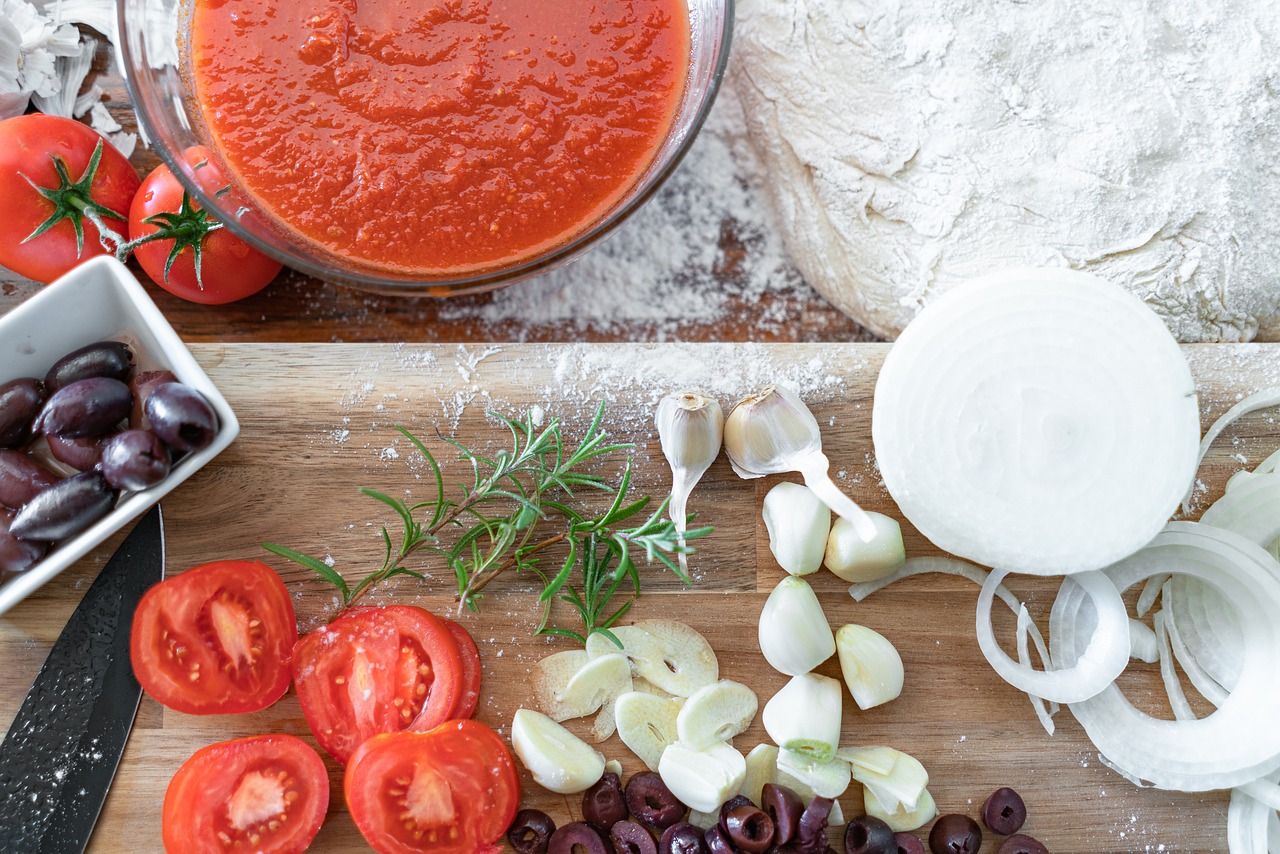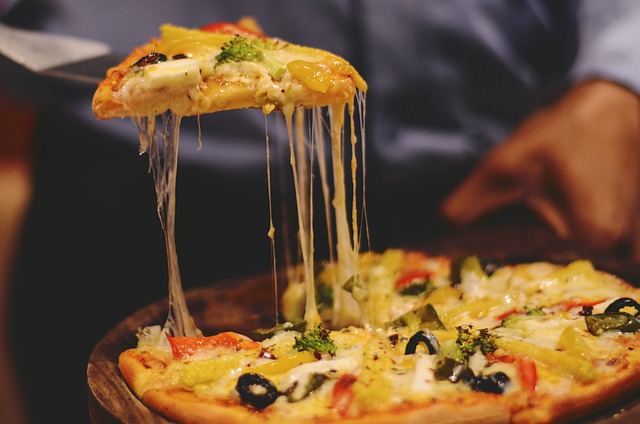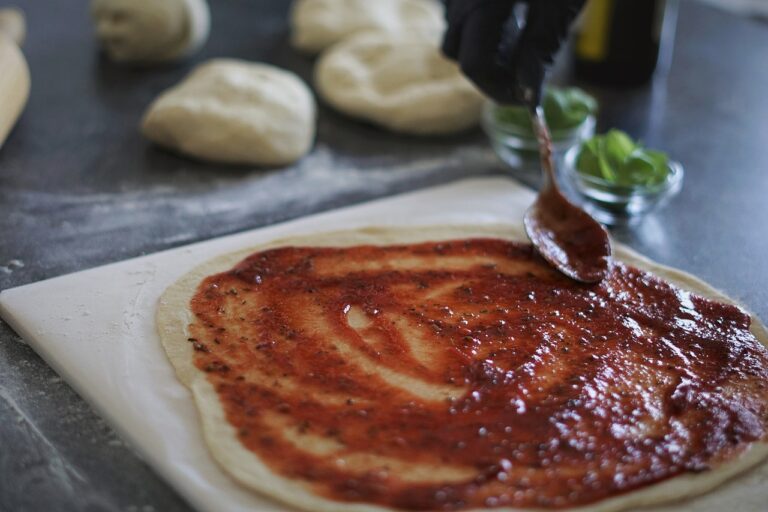The Importance of Simmering and Reducing Your Pizza Sauce for a Stronger Flavor
Have you ever wondered why your homemade pizza sauce doesn’t quite match your favorite pizzeria’s rich, flavorful taste? It’s all about simmering and reducing. This article will explore the science behind simmering and reducing pizza sauce to enhance its flavor.
Discover the art of reducing pizza sauce with tips and tricks to unlock hidden flavors. Say goodbye to watery sauces and hello to a beautiful burst of taste by mastering the magic of simmering and reducing your pizza sauce.
The Science Behind Simmering and Reducing Pizza Sauce
When you simmer and reduce your pizza sauce, you’ll notice a significant intensification of flavors due to the science behind this process.
When heat is applied to the sauce, the chemical reactions play a crucial role in flavor development. As the sauce simmers, the heat causes various chemical compounds in the ingredients to break down and combine, resulting in new complex flavors.
For example, sugars in tomatoes caramelize and develop a rich sweetness, while acids become milder and more balanced. Additionally, simmering allows for evaporating excess water content, concentrating the flavors even further.
This reduction enhances taste and improves texture by thickening the sauce. So, next time you’re making pizza at home, remember to simmer and reduce your sauce for an explosion of deliciousness on your taste buds!
How Simmering Enhances the Flavor of Your Pizza Sauce
You’ll want to let it simmer and reduce to get a more flavorful pizza sauce. Steaming is a technique that involves cooking the sauce over low heat for an extended period, allowing the flavors to meld together and intensify. This slow-cooking process helps extract maximum flavor from the ingredients used in your sauce.
As the sauce simmers, the heat causes the flavors to infuse and blend harmoniously, resulting in a richer and more complex taste. Additionally, reducing the sauce by simmering allows some liquid to evaporate, concentrating the flavors even further.
The longer you let your pizza sauce simmer and reduce, the more robust its flavor will become. So next time you make pizza at home, don’t rush through this important step – take your time and let your sauce simmer for optimal flavor extraction.
The Art of Reducing Pizza Sauce: Tips and Tricks
One way to enhance the taste of your homemade pizza sauce is by allowing it to simmer and reduce slowly over low heat. This process intensifies the flavors and creates a thicker consistency that clings perfectly to your pizza crust.
Here are some benefits of slow-cooking pizza sauce:
- Concentrated Flavor: Simmering your sauce for an extended period allows the flavors to meld together, resulting in a rich and robust taste.
- Enhanced Texture: As the sauce reduces, it becomes thicker and creamier, providing a satisfying mouthfeel.
- Deepened Color: Slowly reducing the sauce brings out its natural colors, giving your pizza a beautiful and delicious appearance.
- Versatile Ingredient: Reduced pizza sauce can be used creatively beyond just topping pizzas. It makes a delightful dipping sauce for breadsticks or can be used as a flavor-packed base for pasta dishes or soups.
So next time you make pizza at home, take the time to simmer and reduce your sauce – you won’t be disappointed with the incredible depth of flavor it adds!
Unlocking the Hidden Flavors: The Benefits of Long Simmering
Simmering and reducing your homemade pizza sauce over low heat for an extended period allows the flavors to meld together, resulting in a rich and robust taste. When it comes to pizza sauce, there are two approaches: long-simmering versus quick cooking.
While quick cooking may seem more convenient, simmering your sauce can enhance its flavor in ways you never thought possible.
Long-simmering gives the ingredients in your sauce time to break down and release their natural flavors. As the sauce reduces, water evaporates, leaving behind concentrated flavors that intensify with time. This process also allows spices and herbs to fully infuse into the sauce, creating a depth of flavor that cannot be achieved through quick cooking.
Reducing your pizza sauce has culinary benefits beyond just enhancing taste. The reduction process thickens the sauce, giving it a luscious consistency that clings better to your pizza crust. It also helps concentrate the natural sweetness of tomatoes while balancing out any acidity present in the initial mixture.
So, the next time you make homemade pizza sauce, resist rushing through it. Embrace long-simmering and reduction techniques for a truly remarkable flavor experience that will elevate your pizzas from ordinary to extraordinary.
From Watery to Wonderful: The Magic of Reducing Pizza Sauce
When you slowly cook your homemade pizza sauce over low heat, the water evaporates, intensifying the flavors and resulting in a deliciously thick and flavorful sauce. Slow cooking is not just about saving time; it’s about maximizing flavor and creating an unforgettable culinary experience.
Here are some benefits of slow-cooking your pizza sauce:
- Enhanced Flavor: As the sauce simmers, the ingredients break down and blend harmoniously, creating complex layers of taste.
- Concentrated Aroma: The slow reduction process allows the fragrant aromas to develop fully, filling your kitchen with mouthwatering scents.
- Thick and Luscious Texture: By allowing the moisture to evaporate gradually, you achieve a velvety consistency that clings perfectly to your pizza dough.
So, next time you make pizza at home, remember to take your time and let that sauce simmer away. Your taste buds will thank you for it!
Frequently Asked Questions
Can I Use Store-Bought Pizza Sauce Instead of Making My Own?
You can use store-bought pizza sauce instead of making your own, but homemade sauce has benefits. It allows for customization, and the simmering and reducing process enhances the flavor for a more pungent taste.
How Long Should I Simmer My Pizza Sauce for the Best Flavor?
Simmer your pizza sauce for at least 30 minutes to maximize flavor. Longer simmering times can enhance the taste even more. Remember, reducing the sauce helps intensify flavors by concentrating them.
Can I Use a Different Type of Tomato Sauce for My Pizza Sauce?
Yes, you can use a different tomato sauce for your pizza sauce. However, making your pizza sauce has benefits like controlling the flavors and ensuring a more pungent taste by simmering and reducing it.
How Can I Achieve a Thicker Consistency When Reducing My Pizza Sauce?
Try different techniques like adding tomato paste, cornstarch slurry, or simmering longer to achieve a thicker consistency when reducing your pizza sauce. Experiment with these methods until you reach the desired thickness.
What Are Some Alternative Methods for Reducing Pizza Sauce Without Simmering?
If you’re looking for quicker ways to reduce your pizza sauce without simmering, try using a high-heat method like roasting or broiling. These alternative methods can help achieve a thicker consistency in less time.






